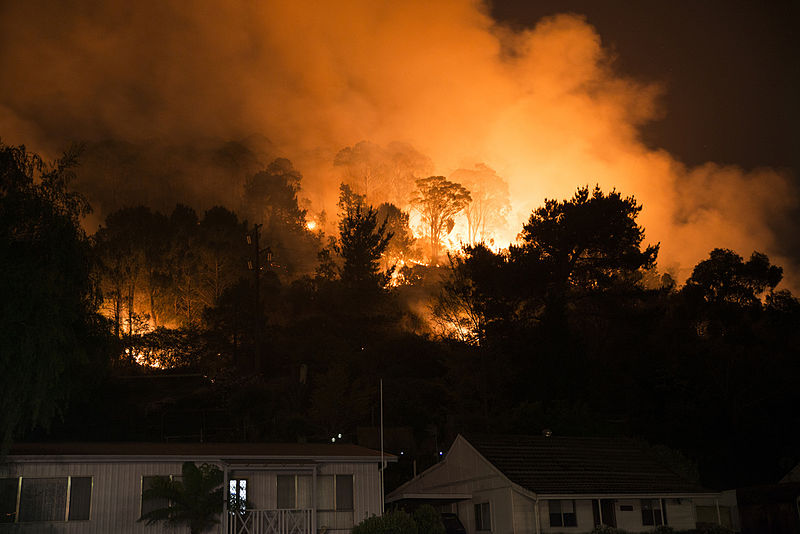Rural GPs are either not being able to be involved in emergency responses like evacuation centres, or they have set themselves up independently. Why is this?
The fire that ripped through Kangaroo Island in South Australia over the past two weeks is continuing to burn, but GP clinics on the island are unusually quiet.
At this time of year, tourists make up the bulk of patients in GP clinics in the township of Kingscote, but most of the tourists have been sent away.
Locals haven’t been stopping by the clinic either because they have more pressing concerns, says Dr Tim Leeuwenburg, a GP from Kangaroo Island who lost a holiday house in the blaze.
“The clinic needs have been quite low here because people are too busy fighting fires,” he said.
“People are staying away from the doctor because, frankly, it can wait. If you haven’t got a roof over your head, managing your chronic disease is the bottom of your list of priorities.”
The local population was “entirely traumatised” by the fires, which have been unrelenting since Christmas day, Dr Leeuwenburg said.
“We had bushfires back in 2007,” he said. “They looked nothing like this.”
The fires have burned through almost half the island. Around 200,000 hectares have gone up in smoke, killing more than 32,000 livestock, demolishing 65 homes and injuring 22 firefighters.
Some GPs on Kangaroo Island, including Dr Leeuwenburg, have been trained to respond to medical emergencies during disasters like floods or fires.
South Australia was currently the only state in Australia that had a system for training and equipping rural generalists for disaster situations, he said.
“In South Australia, we’ve had an emergency responder network for 10 years and that works really well. We’re hoping to bring it across the other states. And there’s now a call from the RDAA to have exactly that,” said.
Last week, the RDAA called for a National Rural Responder Network to allow GPs to assist in disaster management.
“What we’re seeing is that during a disaster GPs are the trusted person in the communities for whom people go to for help,” Dr Leeuwenburg said.
“And, at the moment in a lot of areas, GPs are either not being able to be involved in emergency responses like evacuation centres, or they have set themselves up independently,” he said.
“And they’re doing this outside of the formal response system. At the same time, the Australian Defence Force and the government are dropping in emergency physicians, general surgeons, et cetera, to areas that really just need access to good primary care.”
Catastrophic bushfires were finally bringing some attention to these issues, but disasters happened in small rural communities all the time, Dr Leeuwenburg said.
Locals often had to wait four or five hours for a retrieval teams to arrive in rural areas. “And it seems crazy that we just don’t call out the local doctor when he or she is trained and equipped to respond,” Dr Leeuwenburg said.
Late last year, rural doctors in South Australia formed Sandpiper Australia, a charitable organisation that supplies standardised emergency medical equipment to doctors.
The Sandpiper model comes from Scotland, where doctors were inspired to take action after the tragic death of 14-year-old Sandy Dickson due to the slow emergency response in a rural area.
The “Sandpiper bag” is a kit containing emergency medical supplies that doctors can use when responding to car crashes, cardiac arrests, dam drownings and other incidents.
The Sandpiper model could easily be applied to national disasters such as bushfires, Dr Leeuwenburg said.
“Once you’ve got that network established, you can flex it up,” he said. “So, you have a system that enables a coordinated response to a state or national disaster.”


